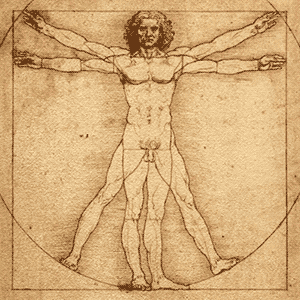In order to explain my contribution to the group I have to start with the company chosen. This is my soon-to-be Father In Law's landscaping company. He is a landscape architect in Gold Coast, Australia. Most of his jobs are targeted towards the highest concentration of wealth in the country. Right now his branding is limited, and he gets most of his jobs through referrals. As we discussed taking on the project, we analyzed our ideal client and tried to determine "How can we gear this towards wealth?"
We first came up with idea of clean design and a color scheme to match the surroundings.
Here is the style guide I came up with that night.....pardon the typos!
We were brainstorming artifacts that would appeal to this clientele. We know they aren't going to respond to adds in public transportation, nor are they going to respond to door-to-door flyers. Our ideal client is going to make emotional decisions, they are going to choose a landscaper because his work is desired, essentially an architect that will make them look good.
This is why I chose my artifact: A magazine. I created this fictional local magazine from literally nothing. I didn't want this brand to just casually appear on a page of a random tabloid, instead I wanted to find my target audience.
This fictional magazine is exclusive to the Gold Coast. It features locals, it interviews locals and it shows off the best homes in the area. Basically, our clients want a lifestyle to match this magazine, and that's why they read it.
For my actual add page I decided to break continuity, the main font doesn't match any of the fonts found in the rest of the magazine or style guide. Instead I wanted this add to look like a note from your neighbor, your best friend, or even yourself! After all this add isn't appealing to a broad audience its targeted towards specific individuals within the wealthy communities.
Go ahead and flip though!






















